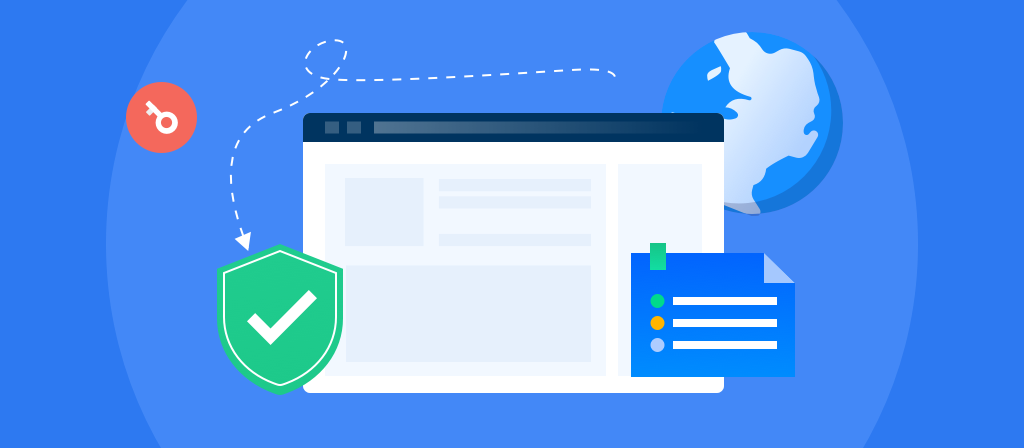
In today’s data-driven era, data quality has become a core element of enterprise competitiveness. Whether it’s AI model training, market analysis, or building business intelligence systems, high-quality data is the foundation of success.
So, what exactly is data quality? And how can we measure the accuracy of our data? This article will guide you through a deep understanding of data quality metrics and explain why residential proxies play a critical role in the data collection process.
What is Data Quality?
Data quality refers to the extent to which a dataset meets the requirements for its intended use, covering multiple dimensions such as accuracy, completeness, consistency, and timeliness.
High-quality data accurately reflects the real world and ensures the scientific validity and effectiveness of analysis and decision-making.
Conversely, poor-quality data can lead to misleading insights, poor business decisions, and even legal and compliance risks.
What are Data Quality Metrics?
Data quality metrics are specific standards used to evaluate different aspects of data quality.
By quantifying these metrics, organizations can systematically assess their data, identify potential issues, and guide data cleansing and optimization efforts.
Depending on the business context, the emphasis on different metrics may vary — for instance, finance may prioritize accuracy and consistency, while e-commerce may focus more on timeliness and completeness.
Common Types of Data Quality Metrics
1. Accuracy
Does the data correctly represent the real-world entity or event? For example, are customer names and transaction amounts accurate?
2. Completeness
Are there missing fields or records? For instance, missing contact details or invoice numbers.
3. Consistency
Is the same information uniform across different databases? Avoid discrepancies between systems.
4. Timeliness
Is the data up-to-date? In industries like finance, news, or social media, outdated data can lose its value quickly.
5. Uniqueness
Are there duplicate records? Duplicate customer entries can skew analysis results.
6. Verifiability
Can the data source be trusted and traced back? Publicly scraped data should be verifiable against authoritative sources.
7. Relevance
Is the data related to the current business needs? Irrelevant data increases processing costs and affects model precision.

How to Obtain High-Quality Data
Ensuring high data quality requires a comprehensive approach across all stages of data acquisition and management:
- Clearly define data requirements to avoid collecting irrelevant or redundant information.
- Choose reliable data sources, prioritizing official and stable platforms.
- Use residential proxies to guarantee stealth and high success rates during collection.
- Implement standardized preprocessing, such as de-duplication, format normalization, and anomaly detection.
- Set up real-time monitoring to track and respond to quality fluctuations.
- Conduct regular data audits using sampling methods to ensure continuous improvement.
The Importance of Residential Proxies for High-Quality Data Collection
In real-world data collection, the role of residential proxies is crucial. Compared to traditional datacenter proxies, residential proxies significantly enhance data acquisition quality in multiple ways:
- Bypass anti-bot measures to ensure data completeness
Residential IPs originate from real home networks, making them harder to detect and block. - Mimic real user behavior for higher accuracy
Requests look like genuine traffic, reducing the chance of distorted or partial data. - Global IP coverage for greater diversity and relevance
For example, 922S5Proxy offers over 200 million real residential IPs across 190+ countries. - Higher success rates and lower request error rates
Critical for scraping large platforms like e-commerce sites, social media, or news portals. - Support for dynamic content scraping, handling login pages, pagination, and infinite scrolling smoothly.
Conclusion
Data quality directly determines the reliability and value of data applications.
Accuracy, completeness, consistency, and other core metrics provide a framework for systematic data quality evaluation.
In the data collection process, adopting tools like residential proxies not only boosts success rates and completeness but also lays a solid foundation for AI model training and business decision-making.
As reliance on data deepens, those who master high-quality data will gain a competitive edge in the digital economy.
Frequently Asked Questions (FAQ)
Q: Why does using ordinary IPs often lead to bans during data scraping?
A: Ordinary datacenter IPs generate suspicious traffic patterns, making them easy targets for detection and blocking.
Q: What issues can residential proxies help reduce during data scraping?
A: They lower ban rates, improve request success rates, and reduce interruptions during data collection.
Q: How can I quickly evaluate the quality of a dataset?
A: Through sample checks for field completeness, comparing against authoritative data sources, and monitoring for anomalies or duplicates.
Q: Are there any recommended residential proxy providers?
A: Providers like 922S5Proxy, BrightData, and Oxylabs offer high-quality, stable, and flexible residential proxy services suitable for large-scale data scraping.



